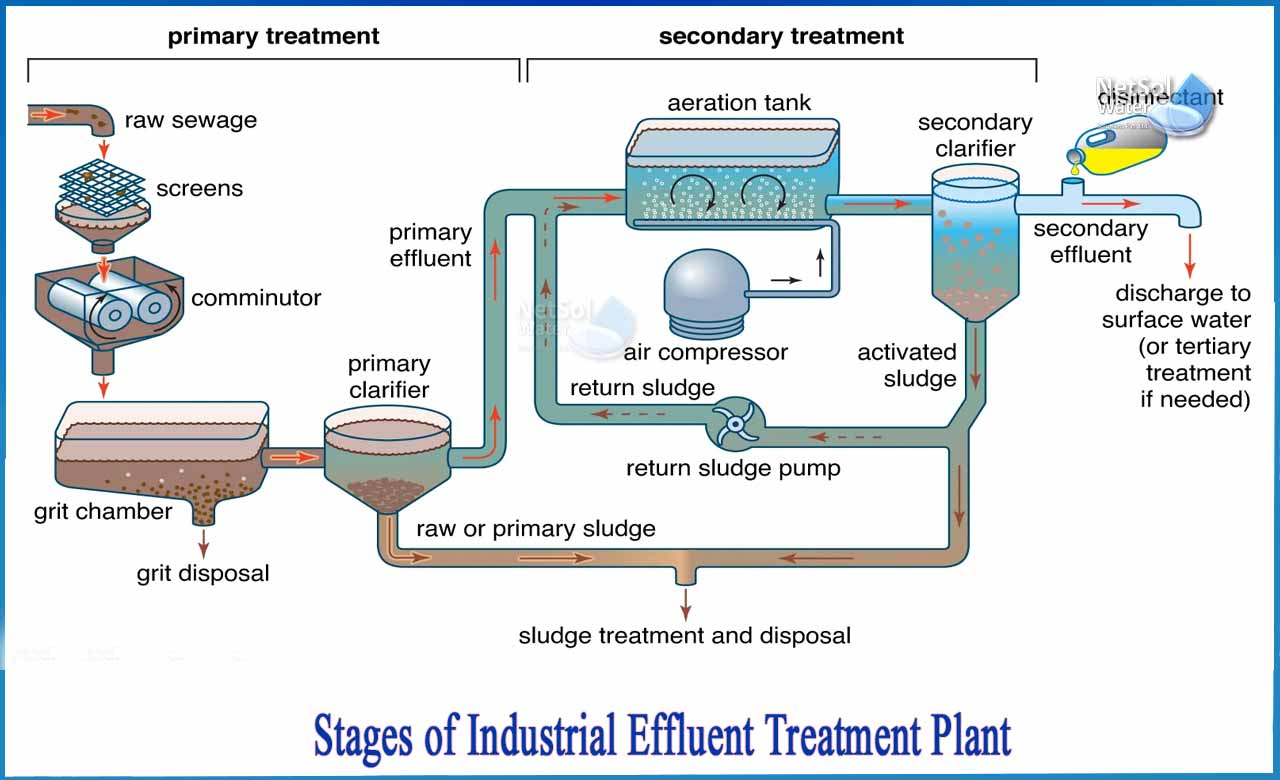Trick Methods in Hazardous Waste Water Therapy Processes
The therapy of industrial wastewater is an important facet of ecological management, involving a range of methods created to alleviate the influence of impurities. Advancements in modern technologies such as membrane layer purification and progressed oxidation procedures supply innovative solutions for enhancing treatment efficacy.
Physical Therapy Approaches
Just how effectively can physical therapy approaches resolve the intricacies of commercial wastewater? Physical therapy approaches play an essential duty in the initial stages of wastewater management, focusing primarily on the elimination of solids and huge particulates. Strategies such as flotation, sedimentation, and purification are important for decreasing the focus of put on hold solids, consequently enhancing the efficiency of succeeding treatment processes.
Sedimentation entails the gravitational settling of solids, enabling for the separation of larger materials from the wastewater. This approach is especially reliable in clarifying water prior to organic or chemical therapies.
Additionally, flotation approaches, which utilize air bubbles to raise suspended solids to the surface for elimination, are effective in dealing with wastewater with high focus of fats, oils, and greases. On the whole, physical treatment techniques offer as an important primary step in the thorough management of commercial wastewater, ensuring that the tons on succeeding therapy stages is reduced and boosting overall treatment effectiveness.
Chemical Therapy Techniques
While physical therapy techniques lay the groundwork for reliable wastewater administration, chemical therapy methods are vital for dealing with the much more complex pollutants usually found in commercial effluents. These methods use various chemical representatives to speed up, reduce the effects of, or oxidize harmful compounds, ensuring a much more thorough removal of toxins.
One usual strategy is coagulation and flocculation, where chemical coagulants such as aluminum sulfate or ferric chloride are included in promote the aggregation of suspended fragments. This procedure boosts solid-liquid separation, decreasing turbidity and boosting water top quality. Additionally, neutralization processes are used to readjust the pH of wastewater, making use of bases or acids to neutralize acidic or alkaline streams, respectively.
Oxidation-reduction reactions play a crucial function in derogatory natural impurities and pathogens. Chemical oxidants like ozone, hydrogen, or chlorine peroxide are made use of to break down complex organic compounds, making them much less dangerous or extra biodegradable. Progressed oxidation procedures (AOPs) incorporate numerous oxidation strategies to boost toxin elimination performance.
Biological Treatment Processes
The efficiency of wastewater treatment is considerably improved by biological treatment procedures, which harness the all-natural metabolic tasks of microbes to disintegrate natural issue and remove pollutants. Industrial Waste Water Treatment. These procedures largely include cardio and anaerobic digestion, each tailored for specific kinds of wastewater
Cardio treatment processes make use of oxygen to support microbial development, promoting the failure of natural toxins into carbon dioxide and water. Usual techniques consist of activated sludge systems, where oygenation containers assist in the mixing of wastewater with microbes, and dripping filters, which encourage biofilm growth on media surfaces.
On the other hand, anaerobic treatment procedures happen in the absence of oxygen, making use of anaerobic germs to decay raw material, causing biogas production, a renewable power source. Anaerobic digesters are often used in industrial setups for this purpose, properly decreasing the quantity of sludge while producing valuable biogas.
The choice of an organic treatment method relies on wastewater attributes, therapy goals, and governing requirements. The assimilation of biological procedures in wastewater treatment not only boosts contaminant elimination efficiency however also promotes sustainability by decreasing chemical usage and sustaining resource recuperation.
Advanced Oxidation Processes

Common AOP strategies include Fenton's reagent, ozonation, and photocatalysis. Fenton's reagent, a mix of hydrogen peroxide and ferrous iron, catalyzes the development of hydroxyl radicals, making it effective for dealing with wastewater including phenolic substances and other stubborn substances. Ozonation uses ozone as an effective oxidant, efficient in degrading a variety of organic toxins while at the same time sanitizing the effluent. Photocatalysis uses light-activated catalysts, such as titanium dioxide, to improve oxidation responses and get rid of impurities.
AOPs offer a number of benefits, consisting of reduced sludge manufacturing and the capacity to treat wastewater with high concentrations of organic toxins. The execution of AOPs calls for careful consideration of operational parameters and cost-effectiveness, moved here guaranteeing that these sophisticated methods are properly incorporated right into existing wastewater therapy systems.
Membrane Filtering Technologies

Microfiltration works for removing put on hold solids and microorganisms, while ultrafiltration targets smaller organic particles and this page viruses. Nanofiltration bridges the gap between ultrafiltration and turn around osmosis, effectively removing divalent ions and organic compounds. Home Page Reverse osmosis offers the greatest level of filtration, used primarily for desalination and eliminating mono-valent ions.
Membrane innovations use many benefits, consisting of reduced energy usage compared to conventional treatment techniques, modular design for scalability, and the potential for water recovery and reuse. However, challenges such as membrane fouling and the demand for normal upkeep need to be dealt with to make sure system effectiveness. Overall, membrane layer filtering innovations represent a vital part of modern industrial wastewater therapy methods, promoting sustainability and resource preservation in water administration.
Conclusion
In final thought, industrial wastewater therapy employs a varied array of methods, consisting of physical, chemical, biological, and advanced approaches. Continued developments in these methodologies will certainly additionally improve the efficiency and performance of wastewater treatment procedures in commercial settings.
The therapy of commercial wastewater is an important facet of environmental administration, entailing an array of strategies developed to reduce the influence of impurities.Exactly how properly can physical therapy approaches address the complexities of industrial wastewater?Advanced oxidation processes (AOPs) represent an innovative strategy in commercial wastewater therapy, designed to efficiently deteriorate organic contaminants that are typically resistant to traditional therapy techniques (Industrial Waste Water Treatment).In final thought, commercial wastewater treatment utilizes a diverse range of methods, including physical, chemical, biological, and advanced methods. Continued advancements in these methodologies will better boost the performance and performance of wastewater therapy processes in industrial settings
Comments on “Industrial Waste Water Treatment-- Cutting-Edge Technologies for Water Filtration”